As Google rolls out more mobile ad formats and targeting measures for marketers, the customers seeing the ads appear to be more readily engaging advertisements from their smartphones and tablets.
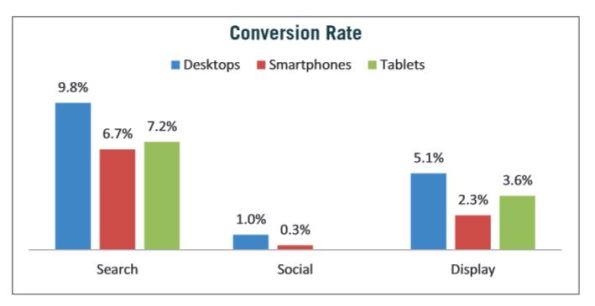
A new study from Marin Software shows that consumers are starting to use mobile ads to complete purchases, but desktop is still the dominant platform for conversions. Other interesting facts from Q3 of 2014 included in Marin’s report are:
- Mobile devices comprised 31% of paid search impressions and 38% of search ad clicks on Google.
- Mobile accounted for 30% of ad conversions with mobile conversions increasing 2.4% quarter-over-quarter and nearly 11% year-over-year.
Facebook:
- 1 out of every 3 ad conversions on Facebook took place on a mobile device with mobile ad conversions increasing 16% quarter-over-quarter.
- Mobile ads on Facebook accounted for 52% of ad impressions and 63% of clicks.
The findings also make it clear that Search ads are performing miles better than Display or Social ads. More-so, while smartphones may not be the most prominent medium for conversions, they consistently gain the highest rate of clicks.
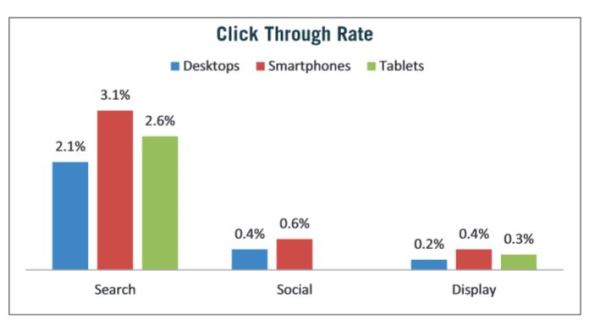
Marin says the large difference between Search CTE and Social or Display CTR can be attributed to intent. Searchers tend to be actively looking for something, meaning ads will be more tightly focused. On the other hand, those on social sites or Display ads which appear while users are already engaged with something else are less attention getting.

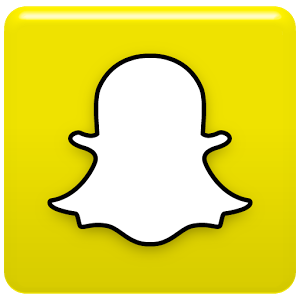 Snapchat has quickly become one of most popular apps and certainly the most popular temporary photo and video sharing network, but thus far they have yet to find a way to monetize their service. CEO Evan Spiegel says that will change very soon, as untargeted, disappearing ads may begin showing up in the near future.
Snapchat has quickly become one of most popular apps and certainly the most popular temporary photo and video sharing network, but thus far they have yet to find a way to monetize their service. CEO Evan Spiegel says that will change very soon, as untargeted, disappearing ads may begin showing up in the near future. If you believe everything you read online, you might believe Facebook is only a viable marketing platform if you’re already a big brand. But, a new report suggests small businesses across the country recognize the potential in advertising themselves across the site.
If you believe everything you read online, you might believe Facebook is only a viable marketing platform if you’re already a big brand. But, a new report suggests small businesses across the country recognize the potential in advertising themselves across the site.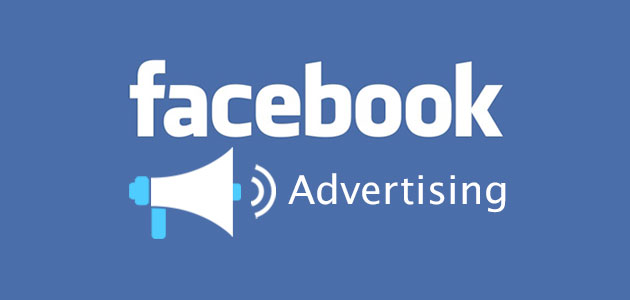
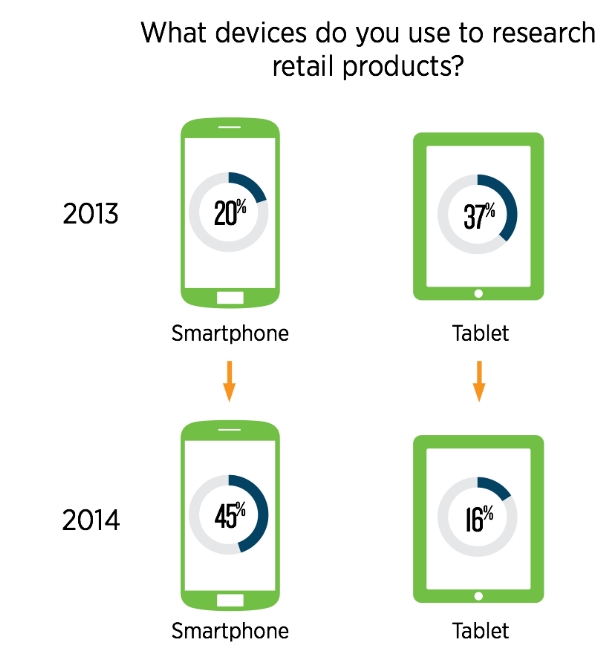
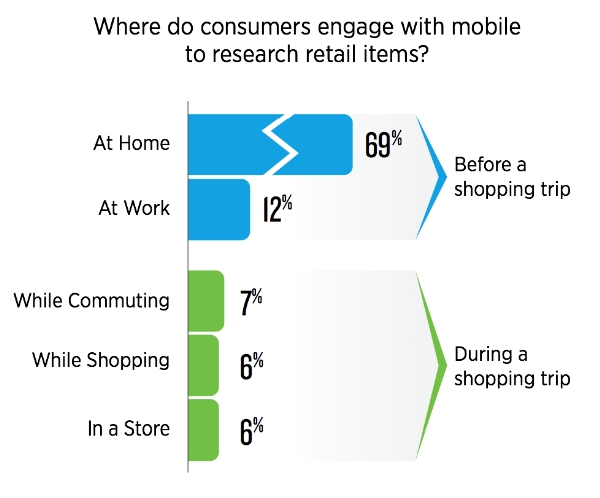
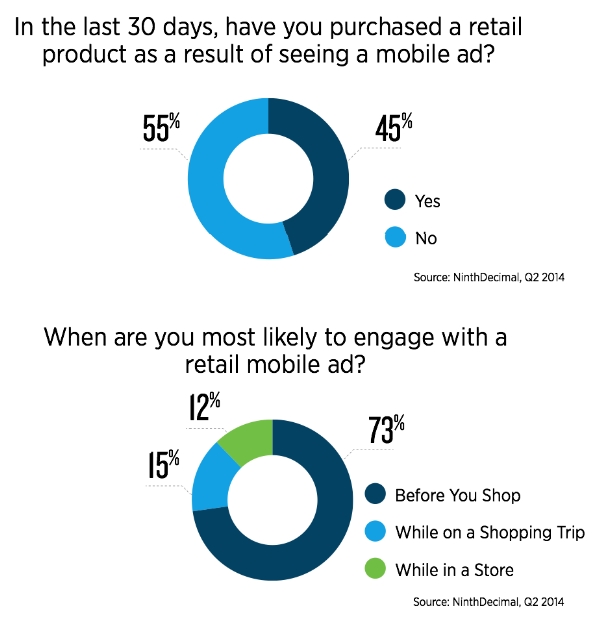

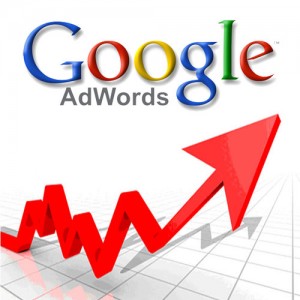 Close to a year after introducing ad extensions and formats to the AdWords Ad Rank formula, Google has announced they will be increasing their visibility as it becomes more and more clear that ad extensions improve ad performance almost universally.
Close to a year after introducing ad extensions and formats to the AdWords Ad Rank formula, Google has announced they will be increasing their visibility as it becomes more and more clear that ad extensions improve ad performance almost universally.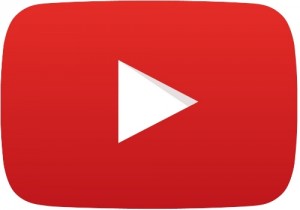 You might assume that the largest social media platform would have the most effective paid advertising platform, but Facebook’s platform doesn’t hold the title according to
You might assume that the largest social media platform would have the most effective paid advertising platform, but Facebook’s platform doesn’t hold the title according to 

